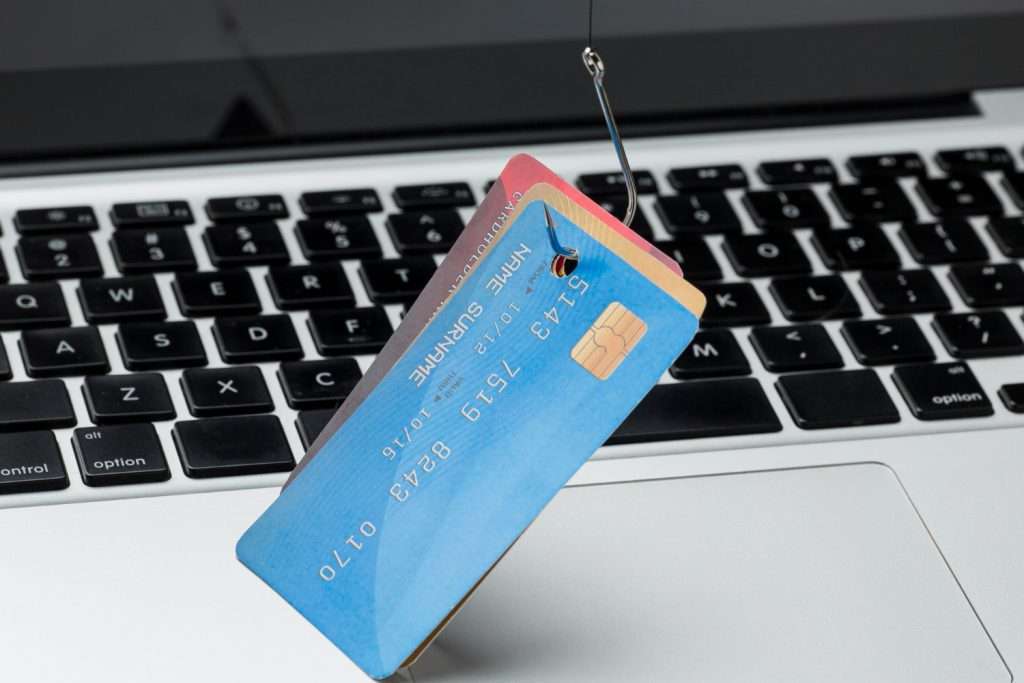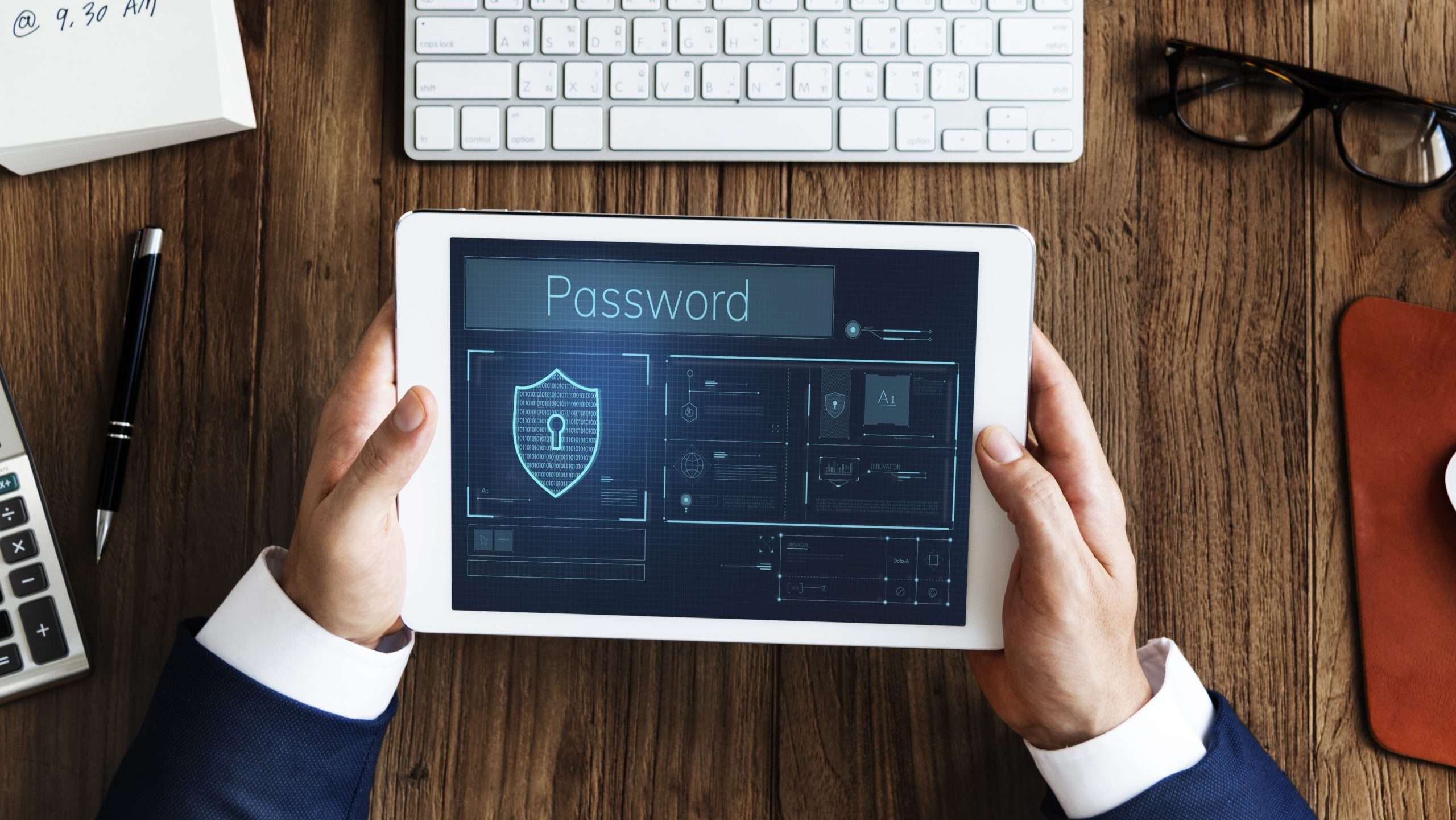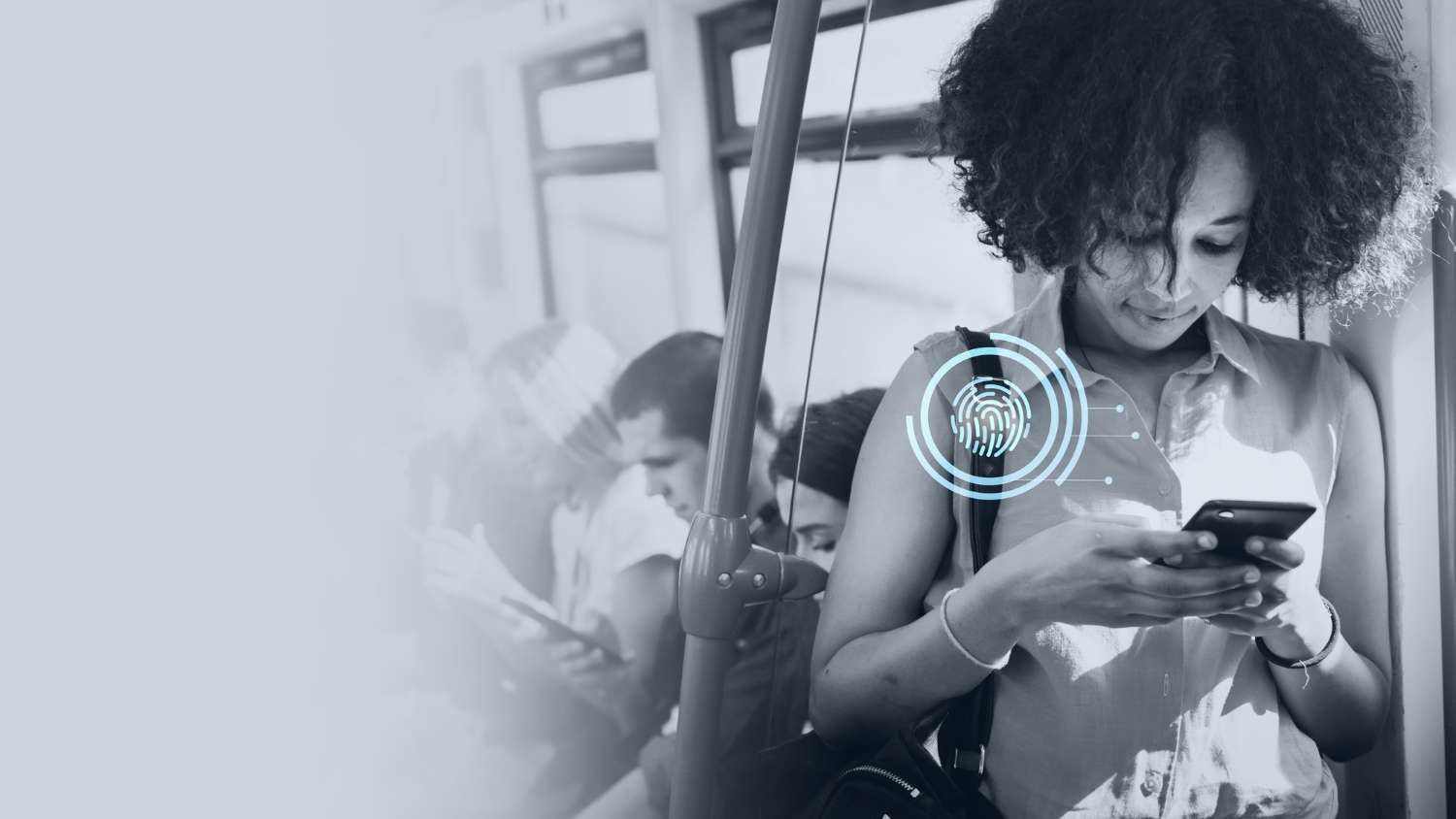In a world heightened by rapid digital expansion, our reliance on social media has skyrocketed, making it an integral part of our daily lives. Nonetheless, this reliance also increases our vulnerability to threats. Social media has found its way into our professional lives just as it has in our personal ones. This prompts a serious question for all of us, especially those charged with securing a company’s digital realm: How can we ensure a safer use of social media platforms?
With the right knowledge and understanding, we can maintain the benefits of social media while reducing potential risks. By educating yourself on social media security, you can confidently navigate your digital activities, be aware of potential threats, and be equipped with the tools to counter them.
Understanding the Landscape of Social Media Threats
Awareness is the first step to preparation. Before we dive into how to secure your social media, it’s crucial to understand the various threats that exist. 🌐👀
Phishing Scams
These are among the most common threats for social media users. Scammers typically use fake coupons or other enticing offers to lure users into clicking malicious links or divulging personal information.

Identity Theft
Identity theft 🕵️♂️ is another significant threat where cyber-criminals impersonate a trusted organization, brand, or individual to exploit trust and collect sensitive information.
The scale of this threat is demonstrated by a report from LinkedIn, which revealed that the platform took action on approximately 21.9 million fake accounts within six months.
Malware Attacks
Through malicious software or ‘malware,’ hackers can gain unauthorized access to your social media and cause extensive damage, including your reputation.
For instance, the ‘Ducktail‘ campaign targeted LinkedIn employees specifically and led them to open malware-infected attachments during their exchanges. 🦆 ☠
Unfamiliar Third-Party Apps
While they can be convenient, third-party apps connected to your social media can present security risks, providing potential backdoors to hackers.
ScienceDirect notes as many as 86% of social media users have used third-party apps, most of which are not privy to the risks associated.
Adopting Basic Social Media Security Measures
Now that we’ve established the potential threats, let’s look at basic steps you can immediately adopt for a safer social media experience.
Manage Your Privacy Settings
Utilize and regularly review the privacy settings offered by your social media platforms to ensure that your personal information is secure. 🔐
Facebook, for instance, allows you to control who sees your posts, which apps can access your data, and who can contact you—customizing your visibility and exposure.
Use Secure Passwords
Ensure your passwords are challenging to crack—use a combination of uppercase and lowercase letters, numbers, and special characters. Regularly changing your passwords can diminish the risk of unauthorized access.
Enabling two-factor authentication when available can add an extra layer of security.

Be Skeptical of Suspicious Messages or Links
Always check the source of any suspicious message or link, even if it comes from a known contact. If unsure, it’s safer not to click on it and to notify the sender instead.
Remember, curiosity killed the cat, but skepticism might just save it.
Monitor Your Digital Reputation
Regularly check what information about you is publicly accessible online, and take steps to control your online image proactively.
Forbes writes about the importance of online reputation management in today’s job market.
Implementing Advanced Social Media Security Measures
Escalating our efforts, let’s discuss some more advanced steps for those serious about their social media security.
Social Media Policies
For businesses, set clear guidelines on how your company and employees should use social media. This can reduce the risk of accidental leaks or harmful conduct.
Guidelines 📝 can dictate everything from the company’s public image to the appropriate use of individual employee accounts.
Beware of Geotagging
While it can be fun to share your whereabouts, disabling geotagging can prevent others from using your location information maliciously.
Instagram’s geotagging feature allows anyone to see where you took your photos. You may want to turn off location services for your added safety.
Encourage Safe Sharing among Colleagues or Friends
Ensure that your colleagues or friends understand the implications of sharing information about you without your permission.
Consider this resonant African proverb, “It takes a village to raise a child.” When it comes to cybersecurity, it truly takes a community to protect one another.
Leverage Built-In Tools or External Security Solutions
Platforms like Facebook and Twitter provide built-in tools for reporting and blocking abusive behavior. 🧰🛡️ Additionally, there are many third-party security solutions to help monitor your social media and alert you to potential threats.
Complement your manual efforts with automatic checks for an extra layer, and use solutions from verified vendors.
Continuous Monitoring and Updating of Social Media Security
Remember, social media security isn’t a one-time task—it demands consistency to ensure you remain protected against rapidly evolving threats.
- Consistent Awareness: Stay informed about the latest threats and changes in social media features or policies. By keeping your knowledge updated, you can adapt and react quickly to new developments.
- Regular Check-ups: Routinely check your privacy settings and the publicly visible information about you online. A quarterly review should be sufficient to ensure your settings have remained intact and adjusted for any new features or potential risks.
- Training and Education: Enlightening yourself and those around you form an essential defense line against cyber threats. Keep learning, share what you’ve learned, and together, we can make our digital realm safer. Consider scheduling educational webinars or workshops for your organization to enhance everyone’s understanding of cybersecurity.
Conclusion
The intersection of social media and cybersecurity might seem intimidating at first. It’s a complex landscape fraught with potential pitfalls. But with awareness and caution, social media doesn’t have to be viewed purely as a threat—it can be a tool, bridging the gap between us as individuals and communities within our professional setups.
By understanding various threats like phishing, identity theft, malware, and potential vulnerabilities through third-party apps, we become better equipped to protect ourselves. Both basic and advanced security measures and consistent monitoring help create a safer cyber environment for us all. Let’s keep learning, stay alert, and reclaim the digital realm, one social media post at a time.
- Analyzing Patterns in Failed Products - July 25, 2024
- Hybrid Cryptographic Systems - July 24, 2024
- Inadequate Threat Intelligence Integration - July 23, 2024
